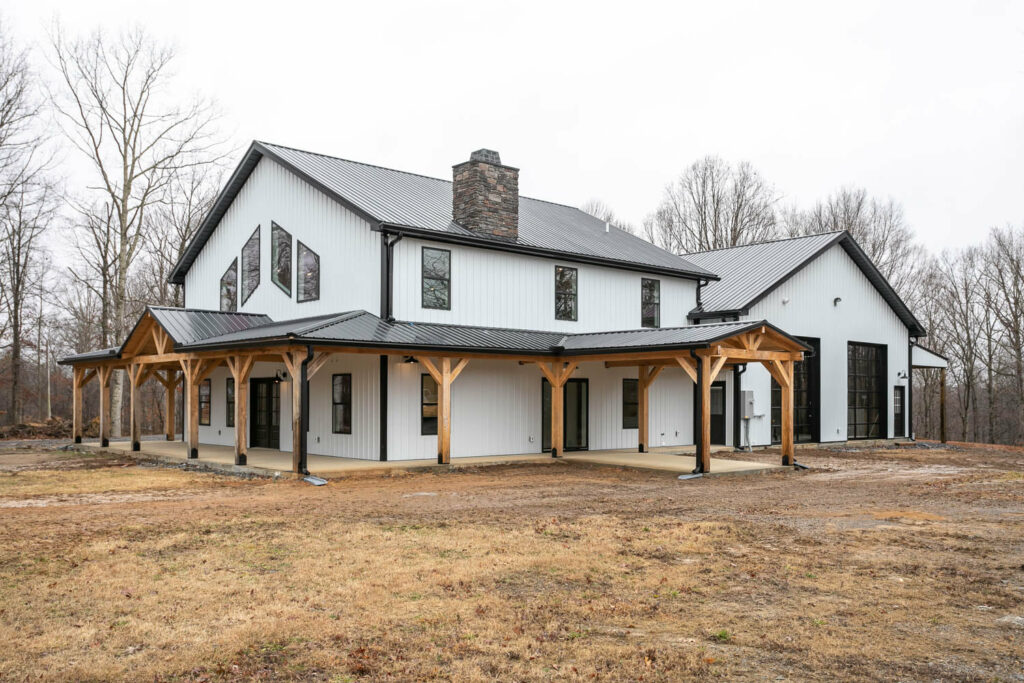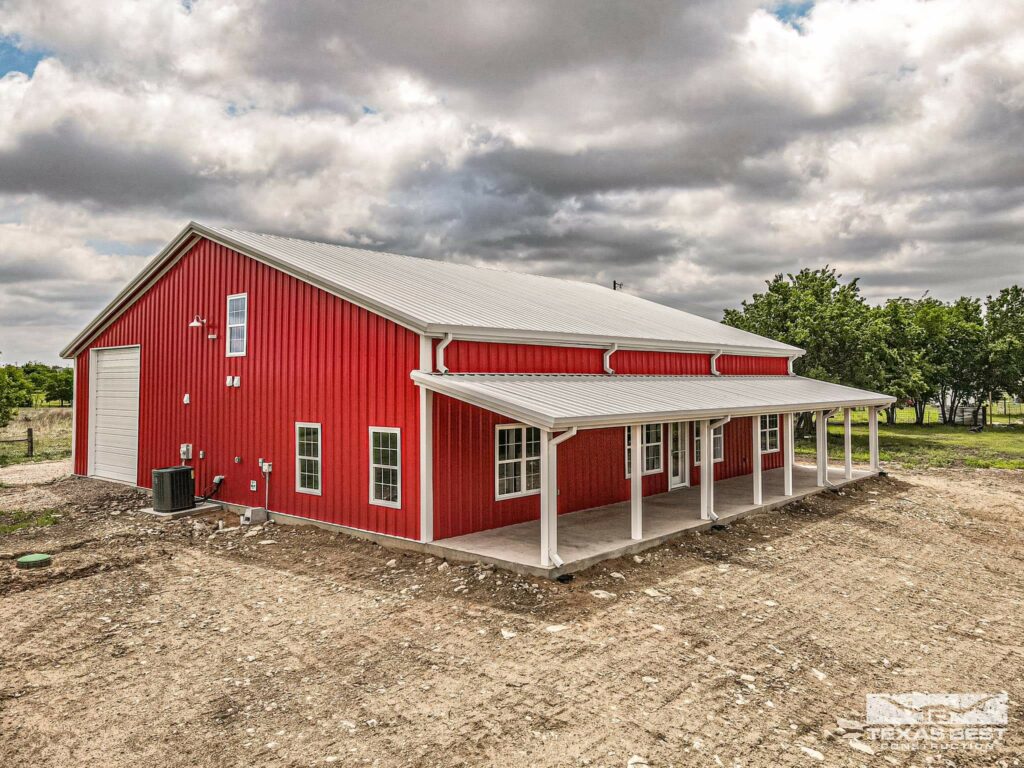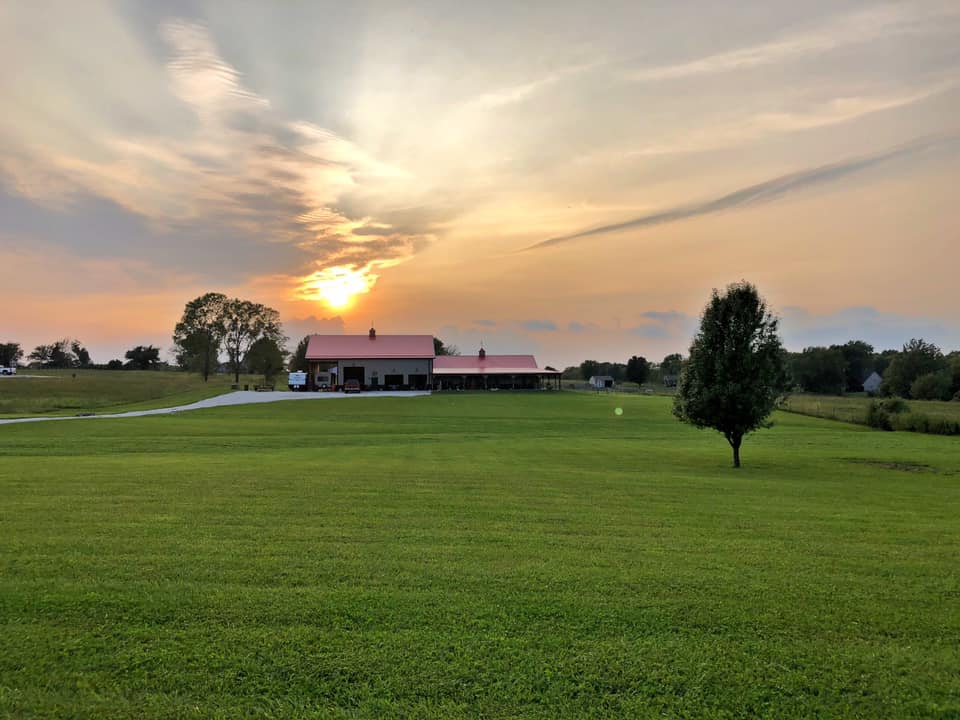
With their low cost and great accessibility, barndominiums are quickly becoming one of the most popular routes towards building your own home in the US. If you’re starting to look into barndominiums, you may feel enthralled by the sheer number of options out there and how easy they make building a large, homey construction. You can even design your own floor plan or DIY your build.
However, barndominiums aren’t the only type of low-cost home that’s taking the nation by storm. More and more, shipping container homes are cropping up in self-build communities and gaining popularity with those looking for a cheap, relatively simple way to build their own home.
If you’ve taken an interest in both barndominiums and container homes, and you’re wondering which one is right for you, here are some of the key things to consider before you embark on your self-build project.
Barndominium Advantages Over Shipping Container Homes

Flexibility in Design: One of the biggest and most obvious advantages of a barndominium is that there are fewer limitations on the kinds of designs you can build with them. The post-frame construction used in barndominiums lends itself to more open and roomy floor plans, as well as a practically endless list of beautiful, customizable structures that rival some of the most luxurious modern new builds.
With many barndominium floor plans, you’ll start with a large, wide-open space taking up most of the property’s total area, which can then be divided into smaller rooms in any number of ways.
As container homes offer a relatively limited level of flexibility, if you’re looking to embark on a self-build project where you’ll have a good level of creative license and the freedom to customize the design of your home, then barndominiums may be the choice for you.
Size: Though both barndominiums and shipping container homes can be built in a wide variety of sizes, when you’re choosing from pre-made designs, barndominiums are typically going to win in the size department.
All true container homes are made up of containers that are eight feet wide and made in a variety of different lengths. Though there’s certainly some flexibility to how you can put these containers together, there are rules and limitations to how you arrange a container property, and you’ll have to think about both reinforcing your container home and making sure there’s a decent level of insulation and protection from the elements where one container meets another.
These aspects of shipping container homes can often put a cap on the potential size of the property, which is a dealbreaker for many people looking to build their own homes.
Durability: Finally, the average barndominium tends to be much more durable than the average shipping container home.
Of course, shipping containers themselves are quite durable in and of themself, as they have to be sturdy enough to protect goods traveling over long distances. However, making container homes liveable requires a fair amount of modification through cutting and welding.
While barndominiums, designed from the get-go to accommodate people, can last 100 years or more, the improvisational nature of container homes makes them a little less sound, and gives most of them an estimated useful lifespan of 20 to 30 years. If you want a long-lasting home that won’t require too much maintenance for the foreseeable, then barndominiums are probably the way to go.
Shipping Container Home Advantages Over Barndominiums

Cost: One of the most attractive advantages that container homes have over barndominiums is their significantly reduced costs.
While it’s true that barndominiums are relatively affordable, a decent barndominium build will typically start at $70,000 and go up to $230,000 or much more. The price of container home, on the other hand, averages at about $30,000.
This difference in cost is not only due to the smaller size of a standard shipping container home, but also the reduced need for construction labor, and the simplicity of installing circuitry, plumbing, and other amenities needed to make it liveable.
If you’re looking to embark on a self-build project with a fairly small budget, this could mean that shipping container homes are the way to go.
Speed of Construction: The speed of construction is another big advantage of shipping container homes tied to their relatively compact size.
While building a barndominium is a large-scale building project that requires a fairly large team of construction specialists and laborers, building a shipping container home is a relatively simple process, where erecting the “frame”, transporting materials, and hooking up amenities, is far less labor-intensive, and can be completed in a relatively short span of time.
While a barndominium will typically take 18 months from the first inception to building completion, a good shipping container home can be rounded off in half that time.
If you want or even need to build a home quickly, container homes are probably the best option for you.
Better Options When Looking for Land: Finally, shipping containers, due to their smaller size, generally make it much easier to find a plot of land that’s suitable for your planned construction.
Many states have fairly stringent laws about building new steel buildings, and with the large amount of land that you’ll need to build a barndominium, barndominiums simply aren’t an option for people who want to build one in a fairly built-up, urbanized area.
Container homes, with their impermanent nature and smaller sizes, give you a much higher degree of flexibility when searching for a suitable plot of land.
If you’re planning to build in an area where land prices are at a premium, or you want to build an office, workshop, or another building that doesn’t require the same degree of comfort as a permanent home, then these container homes could be the best choice for you.
Wrapping Up…
We hope you’ve found these pros and cons useful as you plan out your self-build project. If you want to learn more about building a barndominium, be sure to check out the other handy resources on barndominiums.co!
Also, read these important guides on barndominium financing and insurance to help you through your building process.

